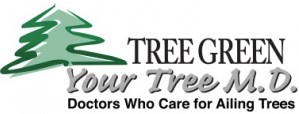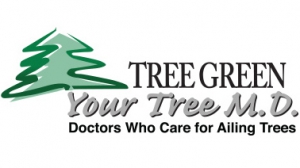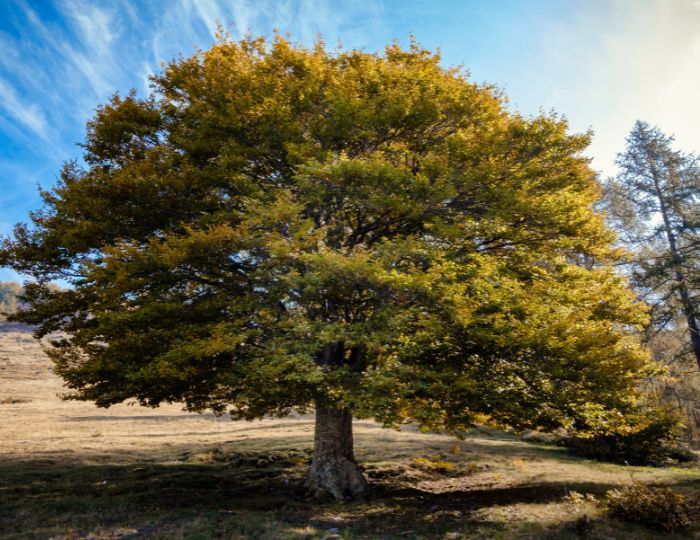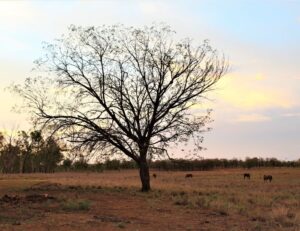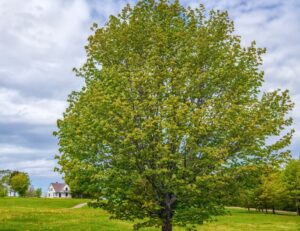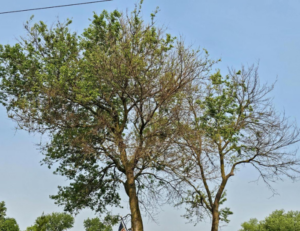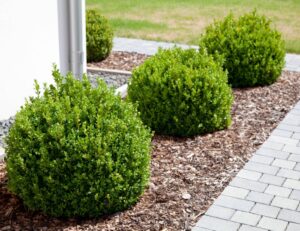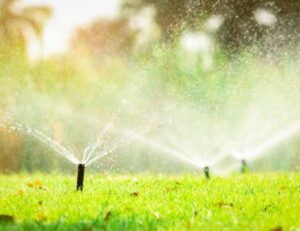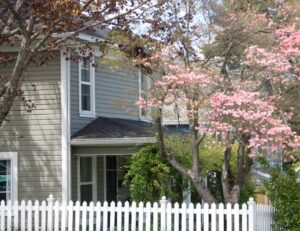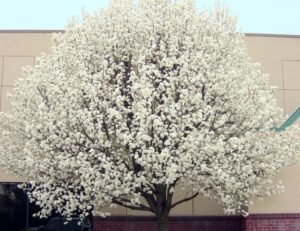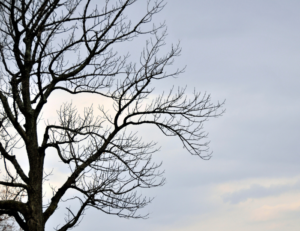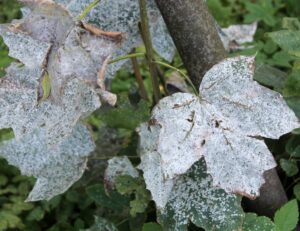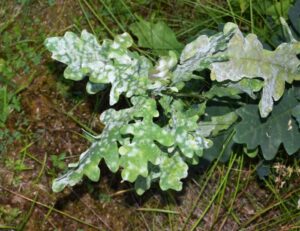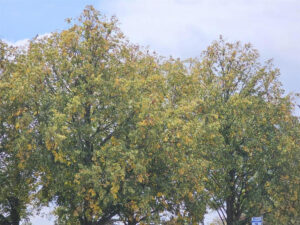Lately, there’s been a noticeable uptick in reports of thinly leafed Maple and Elm trees, with many people observing what appear to be dried out, browning leaves. Upon closer inspection, however, these aren’t leaves at all—they’re seed pods, and their abundance tells an important story about tree health.
Why is this happening?
While seed production is a normal, yearly occurrence, excessive seed crops can be a sign that a tree is under stress. When a tree’s root system becomes compromised, it often responds by focusing energy on reproduction—producing seeds in greater numbers as a survival mechanism to preserve its species.
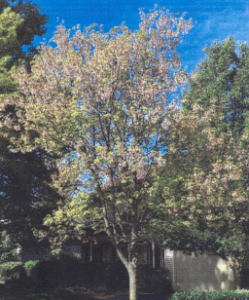 The long-term effects of stress
The long-term effects of stress
Trees across the region are still recovering from over a decade of extreme weather patterns. From 2008 to 2019, the area experienced prolonged wet conditions that led to soil saturation and eventual root rot in many species. The roots of affected trees weakened or died off due to oxygen deprivation in the soil.
That damage was followed by multiple years of drought-like conditions, particularly in the springs and summers of 2022 and 2023 and the summer and fall of 2024. Now, in 2025, we’re already seeing precipitation levels fall four inches below average, putting even more strain on trees already operating with a reduced root system.
Signs of stress to watch for
Drive through nearly any neighborhood and you’ll see them—trees with bare limbs reaching out from the tops or outer edges of their canopies. While deadwood within the interior of a tree is somewhat normal due to shading, dead branches at the top or sides of a tree in full sun are signs of deeper health issues.
What can be done?
Preventive care is key. Root fertilization can help support stressed trees by replenishing nutrients and strengthening what remains of the root system. Anyone concerned about the long-term health of their trees should consider professional evaluations—especially for high-value or beloved specimens.
Is Your Tree Showing Signs of Stress?
If you’ve noticed thinning canopies, excessive seed pods, or dead limbs on your trees, don’t wait. Early intervention can make all the difference.
Contact Tree Green today for a free evaluation and learn how root fertilization and other treatments can help restore your trees’ health and vitality.
